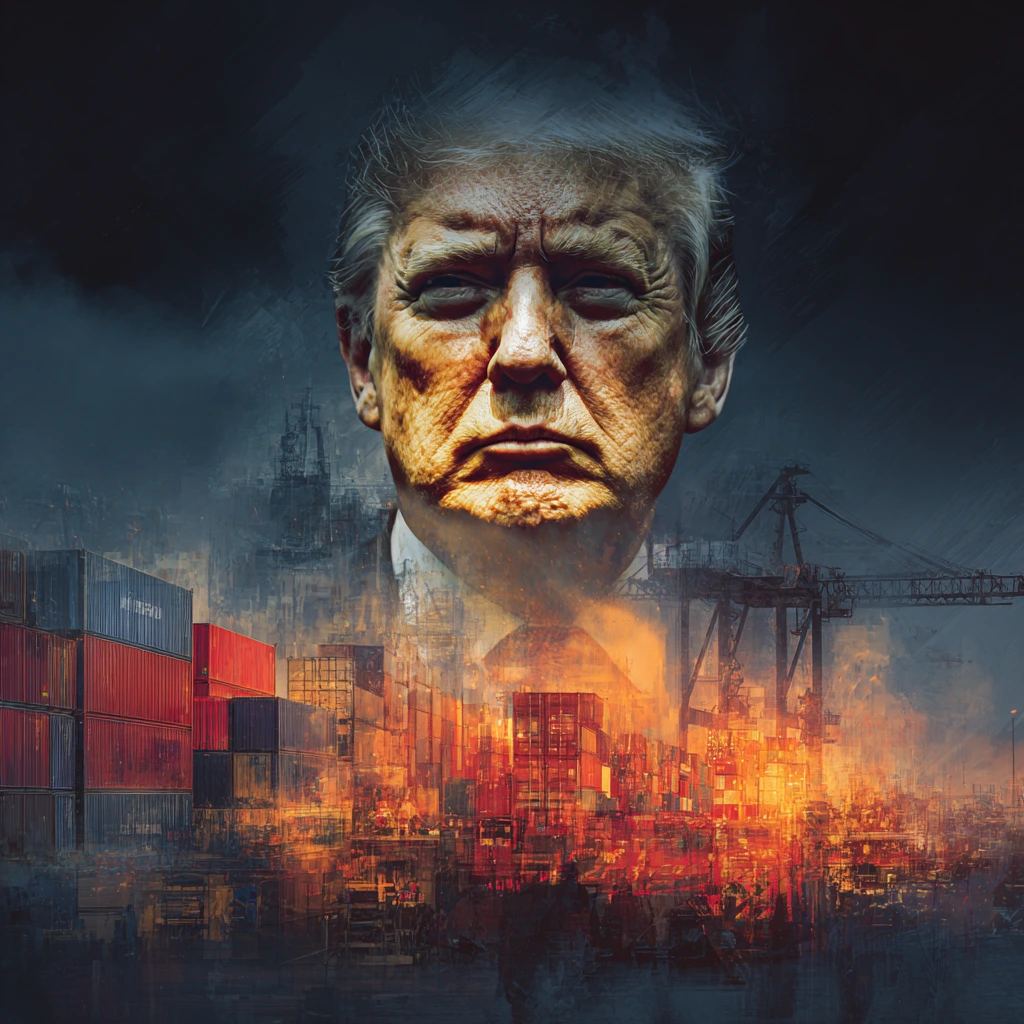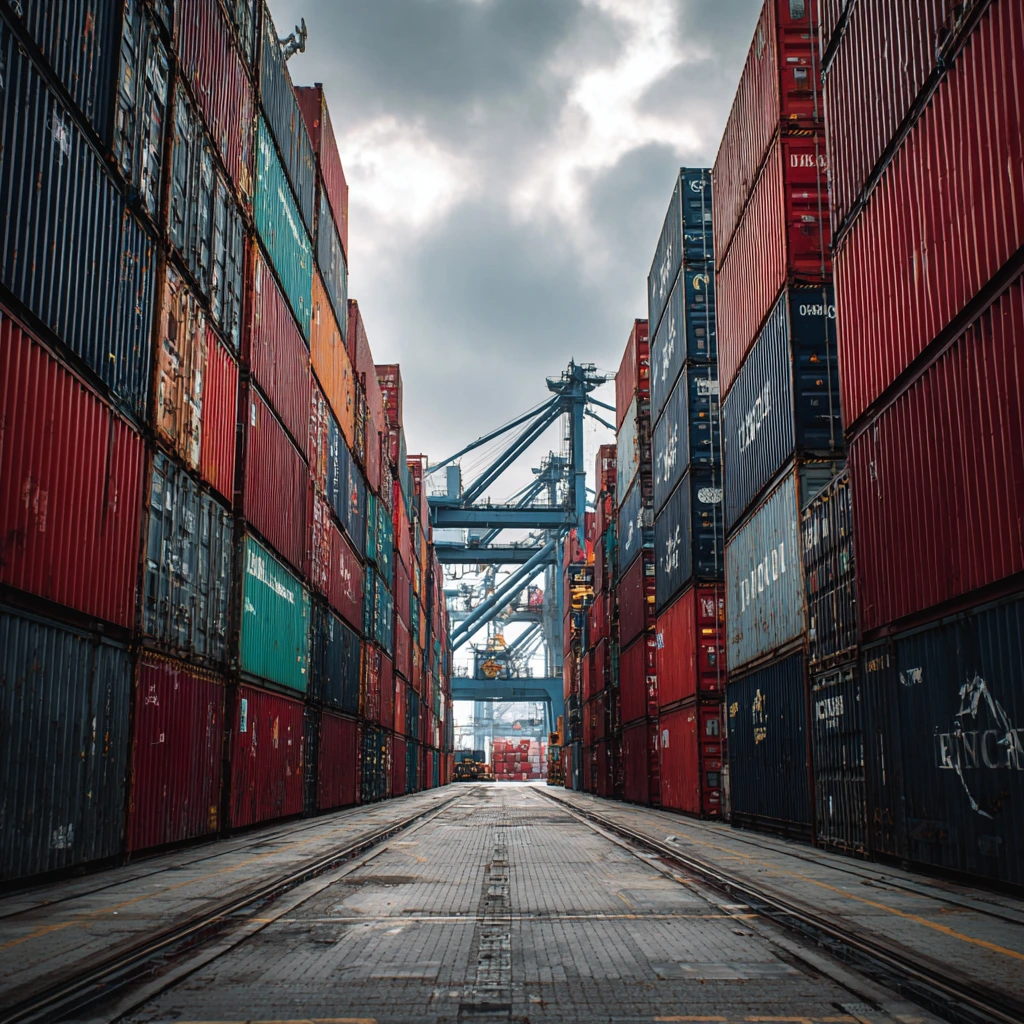Trade tensions between the United States and India have escalated dramatically in recent weeks, sparking concerns across global markets. With new tariffs, stalled negotiations, and strategic disagreements coming to the surface, what was once a growing trade partnership is now under serious strain. The economic and political consequences of this rift could impact everything from exports and job markets to global alliances and supply chains. Here’s an in-depth look at what’s driving the conflict, who is affected, and what could happen next.

The Catalyst: Tariffs and Trade Barriers
The current friction between the U.S. and India began with the U.S. government’s announcement of a sweeping 25% tariff on a wide range of Indian imports. The move was justified on grounds of India’s “unfair” trade practices and its reluctance to lower barriers in sensitive sectors such as agriculture, e-commerce, and technology.
At the heart of the issue is the U.S. demand for greater access to Indian markets, especially in agriculture and manufacturing, while India remains protective of its domestic industries. Additionally, U.S. policymakers have voiced frustration over India’s increasing alignment with non-Western trading partners and its insistence on buying discounted oil and defense equipment from Russia. These economic choices have contributed to Washington’s growing skepticism about New Delhi’s commitment to free and reciprocal trade.

Economic Impact on India and the U.S.
The new U.S. tariffs are expected to hit Indian exporters hard, particularly in sectors like textiles, chemicals, ceramics, auto components, and pharmaceuticals. Small and medium-sized exporters are likely to bear the brunt of rising costs, as their goods become less competitive in the American market.
On the U.S. side, importers relying on Indian goods could face higher prices and supply delays. However, the broader U.S. economy may feel limited impact due to its diversified trade relationships. For India, however, the stakes are higher—loss of access to a major export destination could affect GDP growth and put pressure on employment in key sectors.
Strategic and Political Underpinnings
Beyond economics, the dispute also reflects deeper strategic tensions. The U.S. has been pushing India to align more closely with Western economic and geopolitical goals—particularly in the context of global energy security and defense cooperation. India, however, is keen to maintain its strategic autonomy and continue pursuing multi-polar relationships with countries like Russia and Iran.
At the same time, both nations are navigating domestic political pressures. The U.S. is in an election cycle where trade protectionism remains popular among key voting blocs. In India, protecting the interests of local farmers, manufacturers, and nationalist economic agendas remains a political priority for the current government.

The Outlook: Tense But Not Hopeless
Despite the current standoff, there are still signs that both countries are open to negotiation. Behind the scenes, trade officials are exploring the possibility of sector-specific deals that could ease tensions in targeted industries like energy, defense, and technology.
The coming months will be crucial. If the two sides fail to find common ground, the trade war could intensify, dragging down growth, investor confidence, and strategic cooperation. On the other hand, successful negotiations could reset the relationship and unlock new economic opportunities—especially if both countries can strike a balance between national interest and global collaboration.
Conclusion
The growing trade tensions between the U.S. and India signal a complex shift in global economic diplomacy. What began as a disagreement over tariffs has evolved into a broader clash of policy, strategy, and influence. As both countries weigh their next moves, the world watches closely. Whether this is a temporary setback or the start of a long-term economic decoupling will depend on how the two largest democracies manage their differences in the months ahead.
Table of Contents
Figma’s IPO: A Design Software Giant Makes Its Market Debut – trendsfocus
The India-US trade relationship explained in 4 charts | CNN Business